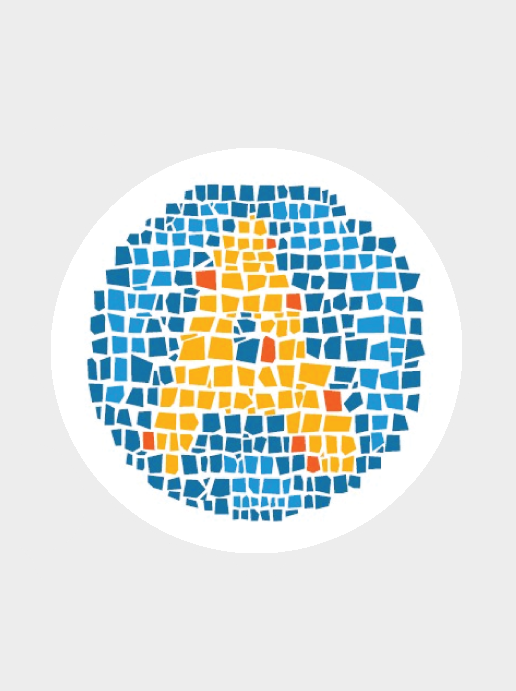Πάνω από 1.000 κάτοικοι ζουν στο κατώφλι του Αθωνα και στη σκιά του συγκλονιστικού πύργου του Προσφορίου. Η Ουρανούπολη μπορεί να είναι ο τελευταίος κοσμικός τόπος στον οποίο φθάνει ο επισκέπτης που σκοπεύει να επισκεφθεί το Αγιο Ορος, αλλά το όνομά της δεν το οφείλει στο γεγονός ότι αποτελεί την «πύλη» προς τη μοναστική πολιτεία.
Πήρε το όνομά της από την αλεξανδρινή πόλη που ίδρυσε το 315 π.Χ ο Αλέξαρχος, ο γιος του Αντιπάτρου και αδελφός του Κασσάνδρου. Η πόλη αυτή κτίστηκε πάνω στα ερείπια της Σάνης, αποικίας των Ανδρείων, την οποία κατέστρεψε εκ θεμελίων ο Φίλιππος ο Β΄. Σωζόμενα νομίσματά της φέρουν την επιγραφή «ΟΥΡΑΝΙΑΣ ΠΟΛΕΩΣ» και άλλα «ΟΥΡΑΝΙΔΩΝ ΠΟΛΕΩΣ» και παράσταση της Ουρανίας Αφροδίτης, καθισμένης σε σφαίρα από τη μια όψη και από την άλλη τον ήλιο ακτινοστεφή με οκτώ ακτίνες.
Το καλοκαίρι τα δεκάδες καταλύματα γεμίζουν από επισκέπτες, όπως και οι γύρω παραλίες. Οι περισσότεροι επισκέπτονται, επίσης, το νησάκι της Αμμουλιανής και τα Δρένια. Κανείς δεν παραλείπει να δει τη φημισμένη μονή Ζυγού, σε απόσταση μόλις 2 χλμ. από την Ουρανούπολη, η οποία καλύπτεται εύκολα και ευχάριστα με τα πόδια. Ο αρχαιολογικός χώρος είναι καλά οργανωμένος και η επίσκεψη στο φυσικό όριο με τη μοναστική κοινότητα του Αθωνα είναι εμπειρία που δεν πρέπει να χάσετε.
Η Ουρανούπολη απέχει περίπου 120 χλμ. από την Θεσσαλονίκη και είναι μια ζωντανή πολιτεία όλες τις εποχές του χρόνου. Από το μικρό λιμάνι του πύργου του Προσφορίου ξεκινούν τα καράβια στα οποία επιβιβάζονται οι άνδρες προσκυνητές (αφού προηγουμένως εφοδιαστούν από το γραφείο προσκυνητών με το Διαμονητήριο, δηλαδή τη σχετική άδεια) για να φθάσουν στο επίνειο του Αγίου Ορους, τη Δάφνη.
ΙΣΤΟΡΙΚΑ ΣΤΟΙΧΕΙΑ ΓΙΑ ΤΗΝ ΠΕΡΙΟΧΗ
Τον 10ο αιώνα στη χερσόνησο του Αθωνα ιδρύθηκαν τα πρώτα μοναστήρια. Ενα από αυτά ήταν η μονή Ζυγού, ή Φραγκόκαστρο, στην οποία ασκήθηκε για περίπου ένα χρόνο ο Οσιος Αθανάσιος ο Αθωνίτης, ο ιδρυτής της μονής Μεγίστης Λαύρας. Η μονή αυτή, η οποία τα τελευταία χρόνια αναστηλώνεται, κατέχει το σπουδαίο προνόμιο να είναι η μοναδική εκτός Αγίου Ορους και επομένως επισκέψιμη από γυναίκες.
Στις αρχές του 14ου αιώνα κτίστηκε από τη μονή Βατοπεδίου ο βυζαντινός πύργος που δεσπόζει στην Ν.Δ άκρη του χωριού με σκοπό τη προστασία του μετοχιού. Είναι ο πιο μεγάλος και ο πιο καλά διατηρημένος στη Χαλκιδική. Τον 19ο αιώνα, μετά από σεισμό, γκρεμίστηκε ο τελευταίος όροφός του. Τότε επισκευάστηκε και πήρε την τελική του μορφή. Παράλληλα κτίστηκαν τα συνοδευτικά του κτίρια.
Μετά τη Μικρασιατική καταστροφή, πρόσφυγες από τα νησιά του Μαρμαρά στη Προποντίδα συγκεντρώθηκαν στο χώρο αυτό βρίσκοντας στέγη στον πύργο, στα κοντινά του κτίρια και σε αντίσκηνα. Το 1926 κτίστηκαν από μια γερμανική εταιρεία τα πρώτα σπίτια του χωριού, κάποια από τα οποία διατηρούνται ακόμη. Αργότερα οι κάτοικοι έκτισαν την εκκλησία, το σχολείο και άρχισε να οργανώνεται μια κοινότητα με το όνομα «Προσφόριον», ύστερα «Πύργος» και γύρω στο 1960 πήρε το οριστικό της όνομα ως «Ουρανόπολη».
Το 1928 συνδέθηκε με τη ζωή του χωριού το ζεύγος των Loch που εγκαταστάθηκε στον πύργο. Η συνεργασία του ζεύγους, που χρησιμοποιούσε σχέδια αντιγραμμένα από κώδικες των μοναστηριών, με γυναίκες των προσφυγικών οικογενειών που γνώριζαν ήδη την τέχνη της υφαντικής, έβαλε τα θεμέλια μιας τοπικής βιοτεχνίας.
ΜΟΙΡΑΣΟΥΤΟ ΑΡΘΡΟ




